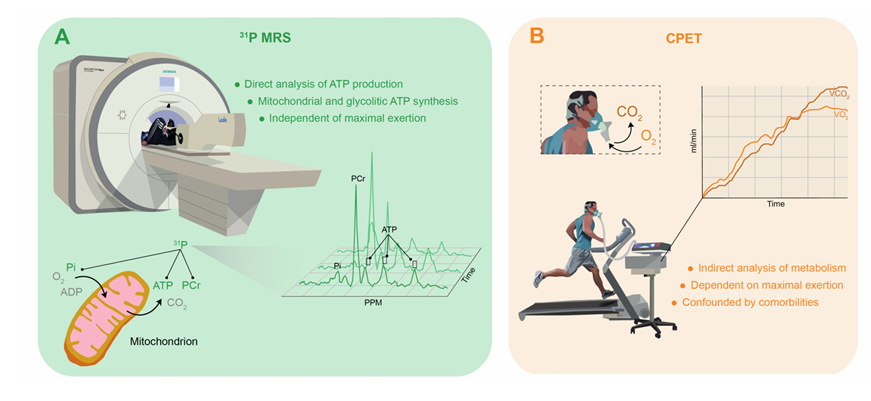
PUSH grant for Daan Westenbrink
Doing some shopping or going for a walk can feel like a marathon for heart failure patients. Current treatments can keep patients out of the hospital or prolong life, but there are no drugs that improve endurance. Drug development is hampered by the lack of appropriate tools to measure circulatory performance in patients with heart failure. Daan Westenbrink recently received a “Partnership of UMCG-Siemens for building the future of Health” (PUSH) grant to develop a new MRI technique that can measure circulatory performance during exercise.
The heart is the engine of life, an unremitting muscular pump that supplies other organs with energy. In patients with heart failure, the heart is no longer able to pump sufficient blood to meet the body’s energy requirements. Symptoms occur during exercise, when energy demands are at their peak, and primarily manifests as an energy deficit in muscles. The current gold standard to measure circulatory performance is the cardiopulmonary exercise test (CPET), which uses breath analysis as an indirect measure of circulatory performance. For a reliable result, patients must be able to exert themselves at maximum power for several minutes. Many heart failure patients are simply unable to do that.
In collaboration with researchers from the Cognitive Neuroscience Center, a unique new MRI technique has been developed that can measure circulatory performance in exercising leg muscle, the tissue with the highest metabolic demand. The test employs “31P magnetic resonance spectroscopy (MRS)”, a biochemical technique that can measure energy production by mitochondria – the energy factories of the cell – as well as muscle acidification, with a time resolution of just a few seconds. MRS is less dependent on the effort achieved and is thought to be more accurate, reproducible and representative than CPET (figure).
With the help of this PUSH grant, exercise-MRS will be developed for scientific and clinical use. We will perform a head-to-head comparison of CPET and exercise-MRS using data collected as part of ongoing studies, including the KETONE-HF project. In addition, we will use artificial intelligence to develop an automated analysis platform for the vast amount of data gathered with exercise MRS. Daan Westenbrink expects that this technique will revolutionize drug development and clinical evaluation of endurance in heart failure patients.
“I hope that exercise-MRS will help us develop new treatments that will allow heart failure patients to make it to the grocery store again.”
